cultural bonds
In conversation with the Muslim female artisans bridging the gap between eastern art and western perceptions
Written By Kira Harada-Stone
For Muslim female artists, it’s a constant struggle to create a presence in Western culture; so much effort has to be made to push past barriers and stereotypes in order prove their strength and worth as creative minds.
Variant Space, a London-based cultural pop-up event collective, provides a platform for Muslim women where they can find a voice in the Western art world. Its latest exhibition, Cultural Bonds, is a compilation of work that brings Islamic art and culture to a Western audience by bridging the cultural gap.
I had the opportunity to sit down with several of these artists and speak about their work and beliefs.
Romina Khanom, a British Muslim multimedia artist, uses her rug installations and colorful illustrations to reflect her connection to God and to criticize the media’s portrayal of Muslim females.
Amani Alsaad is a student from Saudi Arabia. Her latest project, Amaniism, chronicles her struggles and eventual use of faith and art to come to terms with her neurological condition.
Qatari filmmaker, Sarah Al-Derham’s latest film, Jumana of the Middle East, works to prove that Middle Eastern women can be strong, intelligent women of power, unlike their media portrayal.
All three artists had a lot to say about their own work and the way it reflects the cultural issues they find most important.
What is your work in Cultural Bonds?
Romina
It’s a series of illustrations and a rug piece. I was just playing around one day and I decided to make a series of rugs that were cut into with geometric shapes. The shapes play a big part in it because geometry is a global language; you just understand it. As a British Muslim, I try to represent my work in a way that everyone can relate to. I used copies of Persian rugs so that I could unite the Middle Eastern idea with a global one. The most important thing to me was to have the rugs layered. The layers represent the infinite nature of heaven. Ultimately, the work is a spiritual piece. It’s my connection with God.
The illustrations are called Women of Color. I took images of women in Afghanistan and added color to them. I’m not trying to say that they’re colorless, but it’s a play on how the media portrays women in Afghanistan. I wanted to show how high of a status women have in Islam. It’s said that the key to heaven is beneath a mother’s foot and women are wrapped in these veils to protect them. There’s a completely different and happier side to what we see in the media.
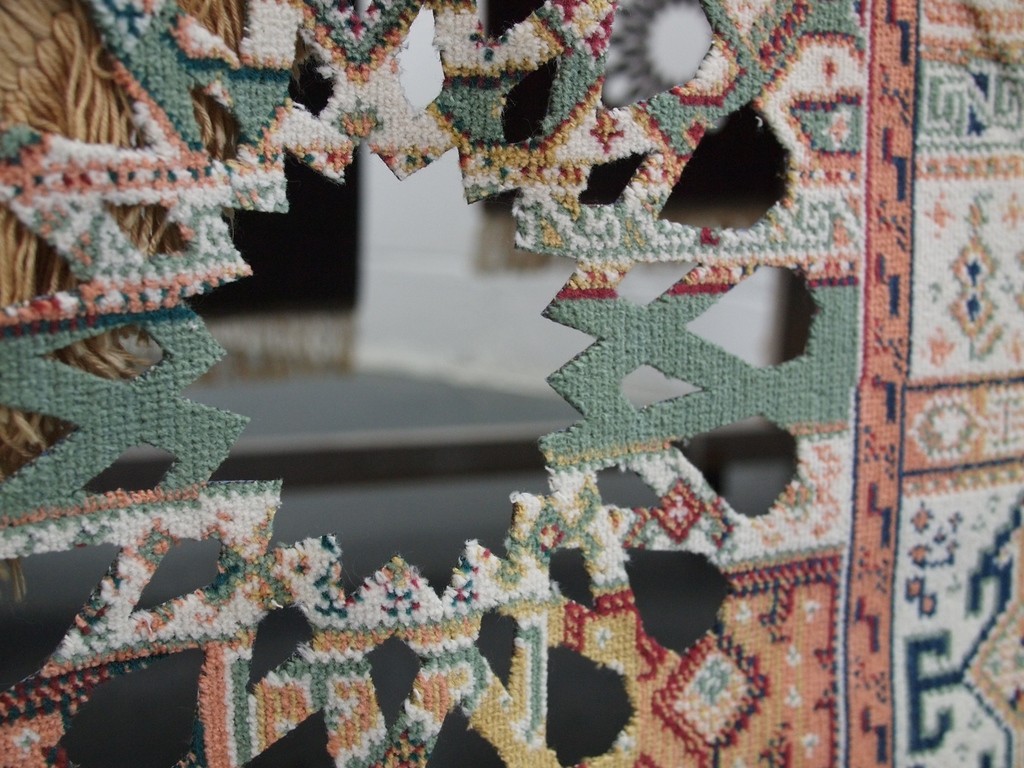
Amani
It’s a project called Amaniism, but it started out as Taking Care of the Roses. It all started in a personal way. I was viewing MRI scans of my own brain. I was feeling very frustrated because I had begun losing control of my hands, which really freaked me out as an artist. Each one of my doctors had said different things, since it’s very difficult to read brain scans. I started playing around with the scans on Photoshop. After illustrating on them, they just looked better and I began to feel more optimistic.
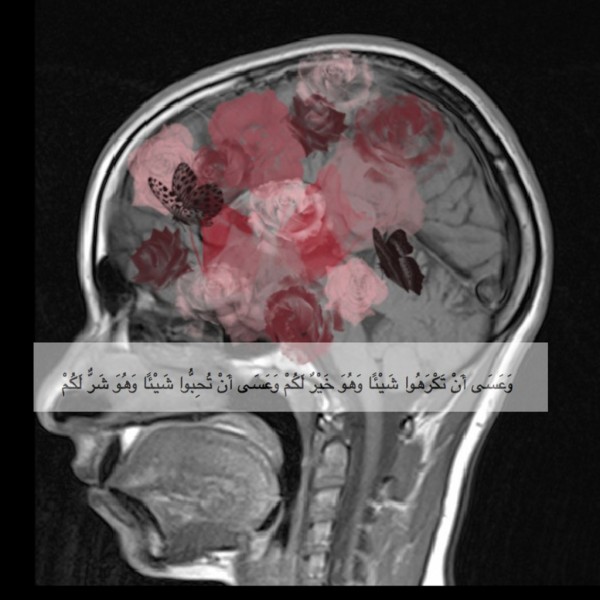
Sarah
It’s an experimental piece filmed between Doha and Paris. It’s called Jumana of the Middle East. Jumana represents all women in the Middle East. She embodies many positive images and qualities such as, independence, intelligence and the ability to take control of her own life. Women are not as oppressed as the Western media shows them to be. Women are educated, they lead and they advocate for modernity.

How is your personal background reflected in your art?
Romina
I come from a big family with lots of siblings; there are six of us total. The rest of them are very academic and I happen to be the artist. Because I’m the youngest my dad let me get away with it. He says ‘let her do her degree in coloring, it’s fine.’ Whilst at [university] I was the only Muslim in my course. People kept asking me a lot of ignorant questions about Islam. It made me want to teach myself and the people around me. I had never worn a hijab until four years ago and I never wanted to because of all of the questions. I started researching it and decided to try it, and it just felt right. My work changed dramatically on a spiritual level.
Sarah
I started with photography when I was 12 or 13; my family was very supportive. I come from a very tribal background; it’s very closed and religious in terms of Islam. Getting into media and filming was kind of frowned upon within my family. I was brought up around people who said ‘you can’t do this’ and they would try to limit me, but my dad was the person who was encouraging me and pushing me towards what I wanted to do. I felt like I had a responsibility to change their ideals. Now the whole family is very accepting of what I do and they’re very happy that I’m here studying.
What inspires your work?
Amani
I usually do something that talks about a social issue or problem. For example, I have another project called Look Right Through Me, which is all about women and identity. I’ve been lost sometimes. I’m originally from Saudi Arabia, but I’ve been living here for so long. It’s not that I’ve necessarily been confused [about my identity], but sometimes other people get confused about me. They ask me where I feel myself more. I don’t feel more connected to one over the other. I am still culturally attached, but not necessarily to every single aspect; I have a combination.
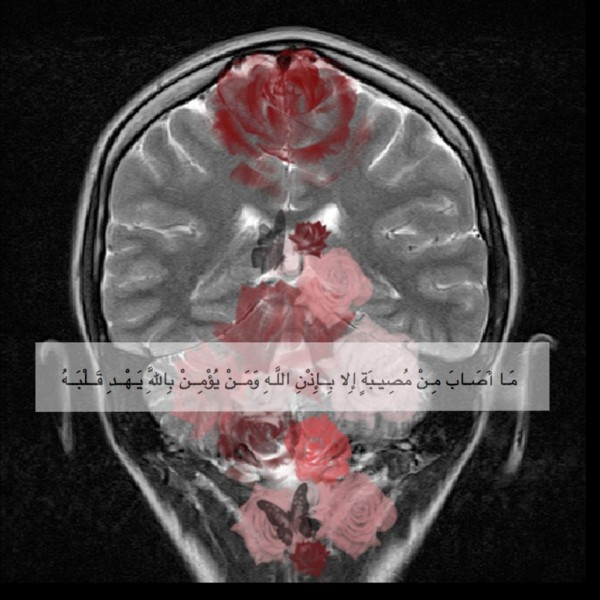
Sarah
It depends what’s going on socially; I’m not very political, but if something causes a buzz, I get interested in that and I see where that takes me. It’s personal as well. All of my pieces have some kind of personal aspect to them. Jumana of the Middle East is very personal. She’s not only a representation of women in the Middle East, but also a representation of myself and how I would like to see myself. The person in the film is actually me.
How does your work bridge a cultural gap?
Romina
There’s a huge division between the Muslim culture and art culture. There is a barrier. No one’s put up the barrier for them, they’ve created it themselves. I believe that the art world is a white middle class environment. Historically, there was such a struggle for the minority to find a place in the art world. Now that the doors have opened up for us, people are a bit more hesitant to make that step and go forward to explore the art world. As a British Muslim who wants to be a successful artist and who wants to represent Islam in the light that it should be represented in, I want to be seen as a kind of ambassador. It’s all about breaking those barriers.
Amani
I’ve been testing reactions of both audiences. I get totally different reactions from different points of view. Some European people have thought that my work is saying that women don’t have any freedom in the Arab world, when I’m really trying to say the opposite
Sarah
I don’t really feel like there is a huge cultural gap, Qatar is very multicultural. What I’m trying to do is change how our culture and traditions are perceived. I’m trying to ask questions and expose certain issues. When people watch my stuff, I want it to be culturally specific, but at the same time universal. It’s culturally specific, but it resonates with an international audience.
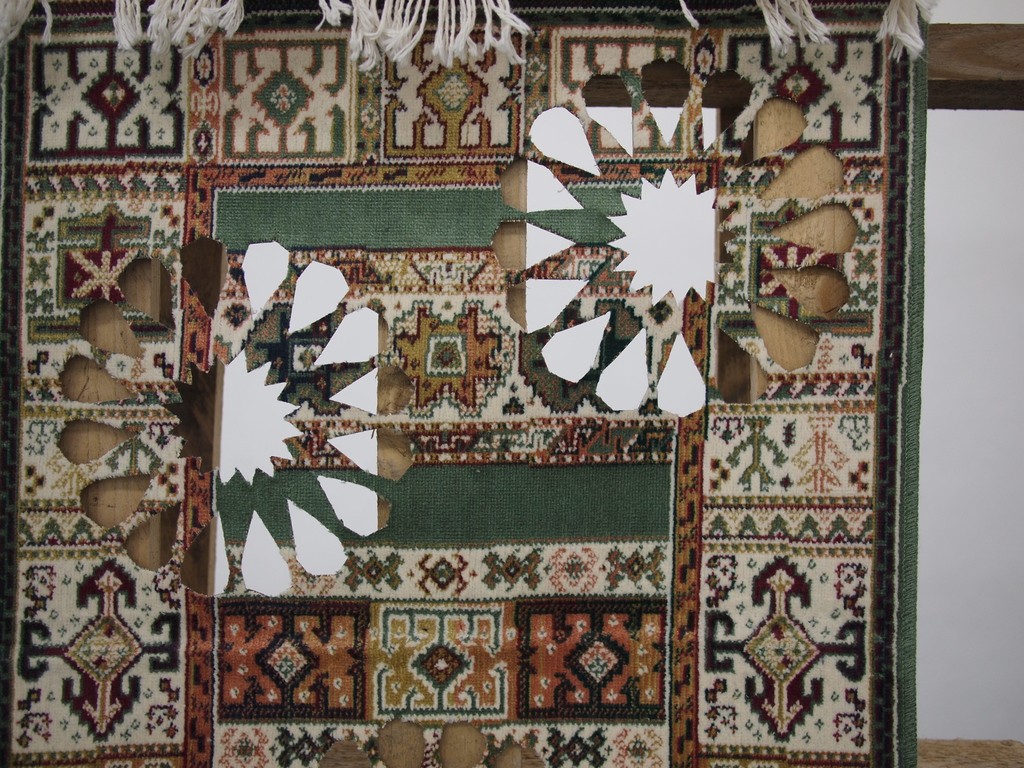
Related Reading




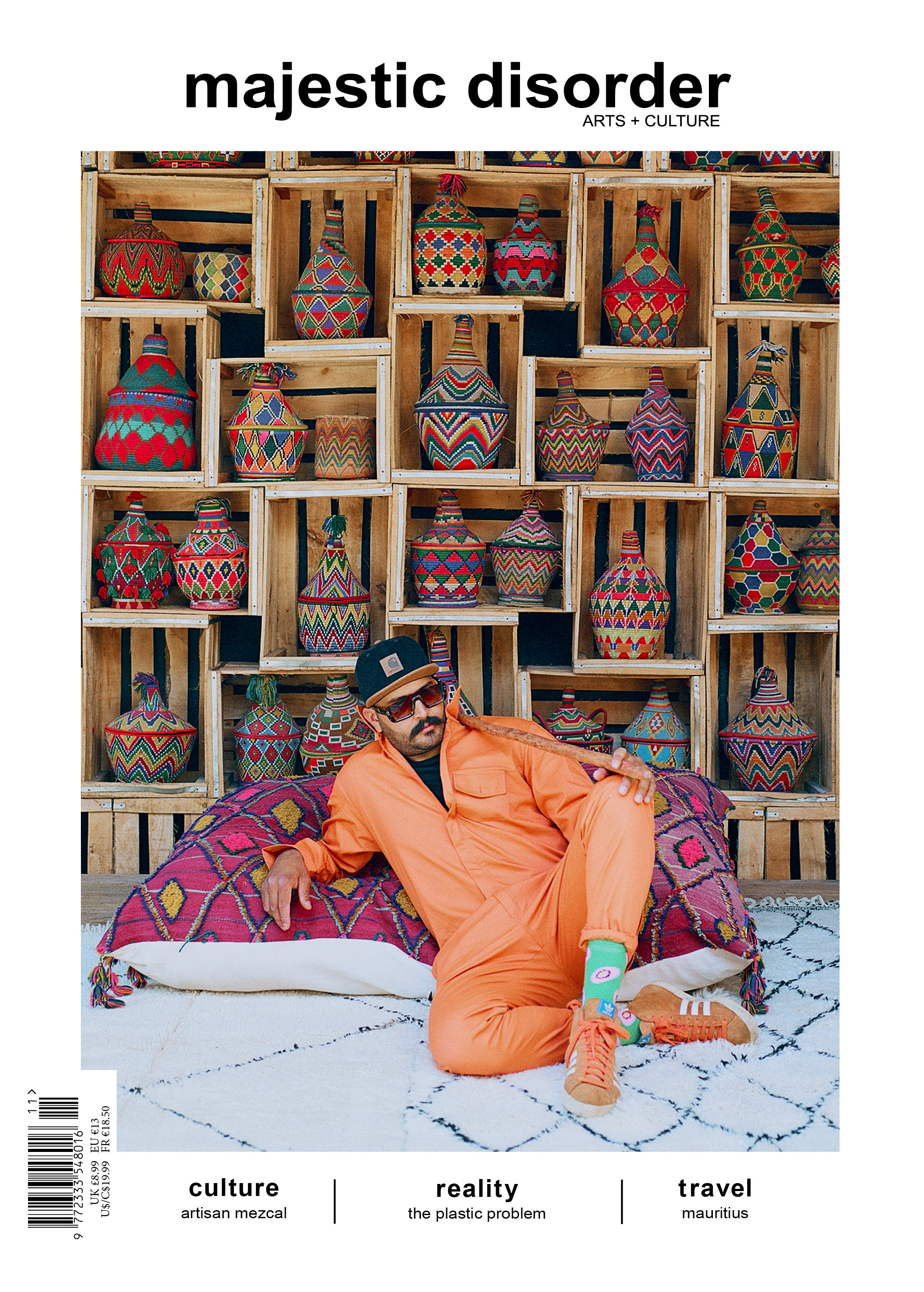
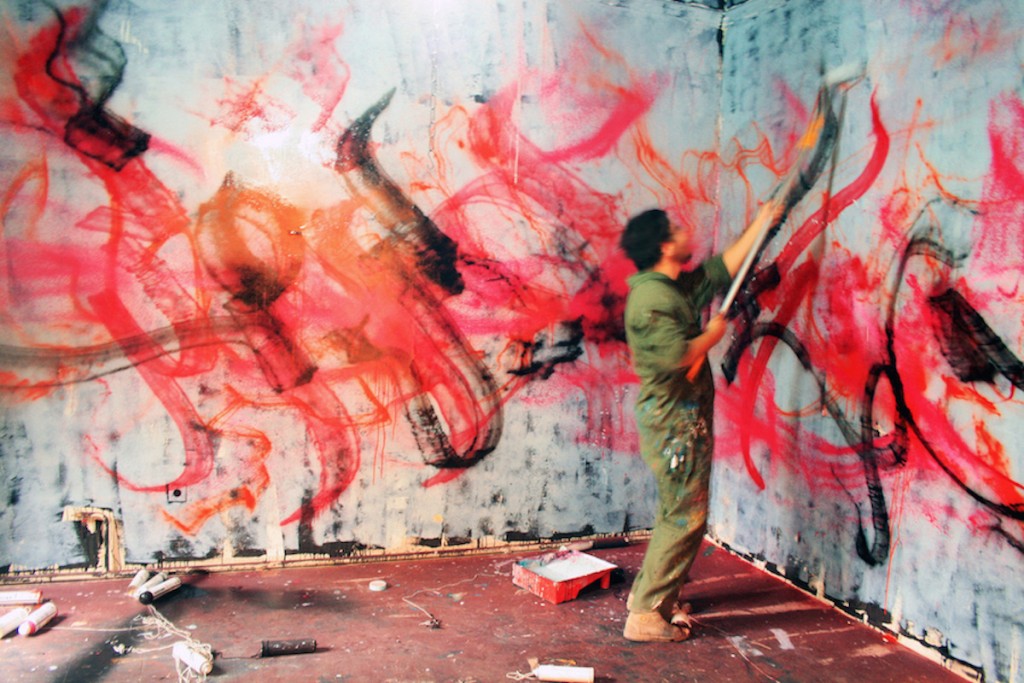
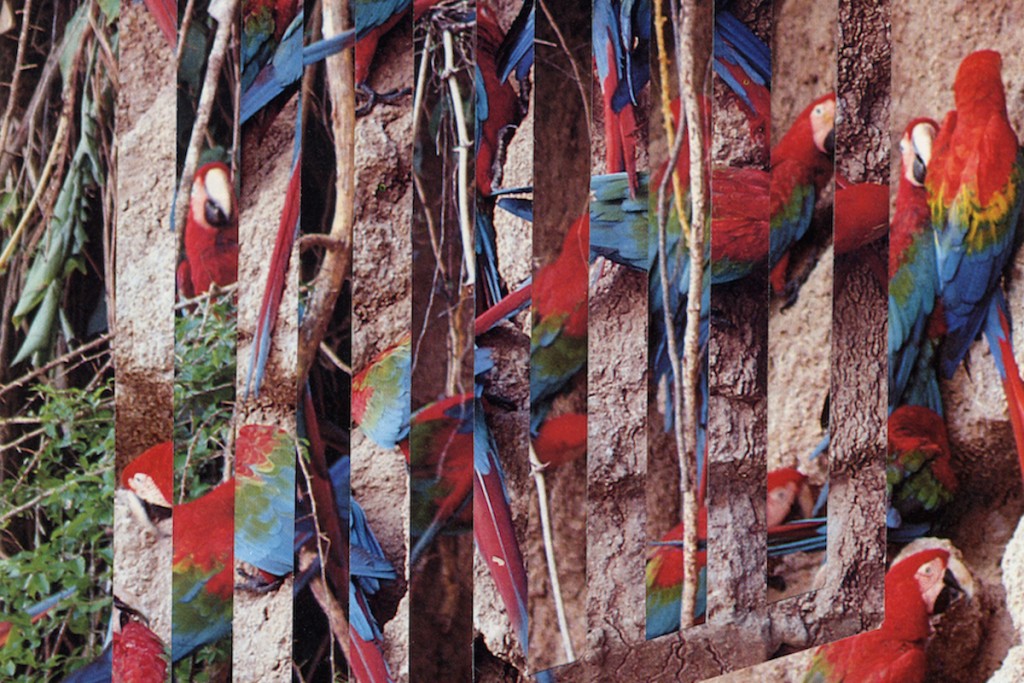
 @majesticdisorder
@majesticdisorder